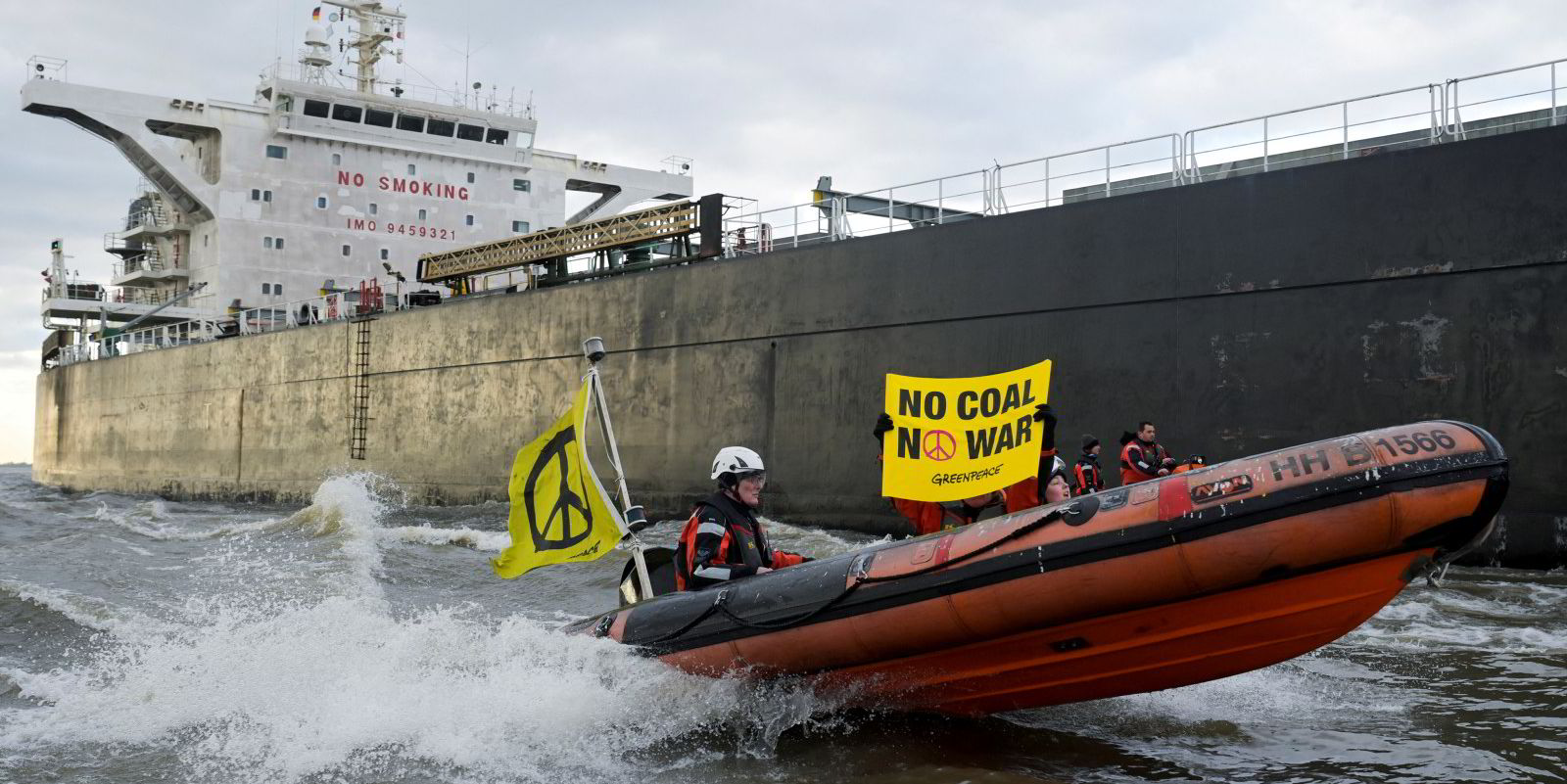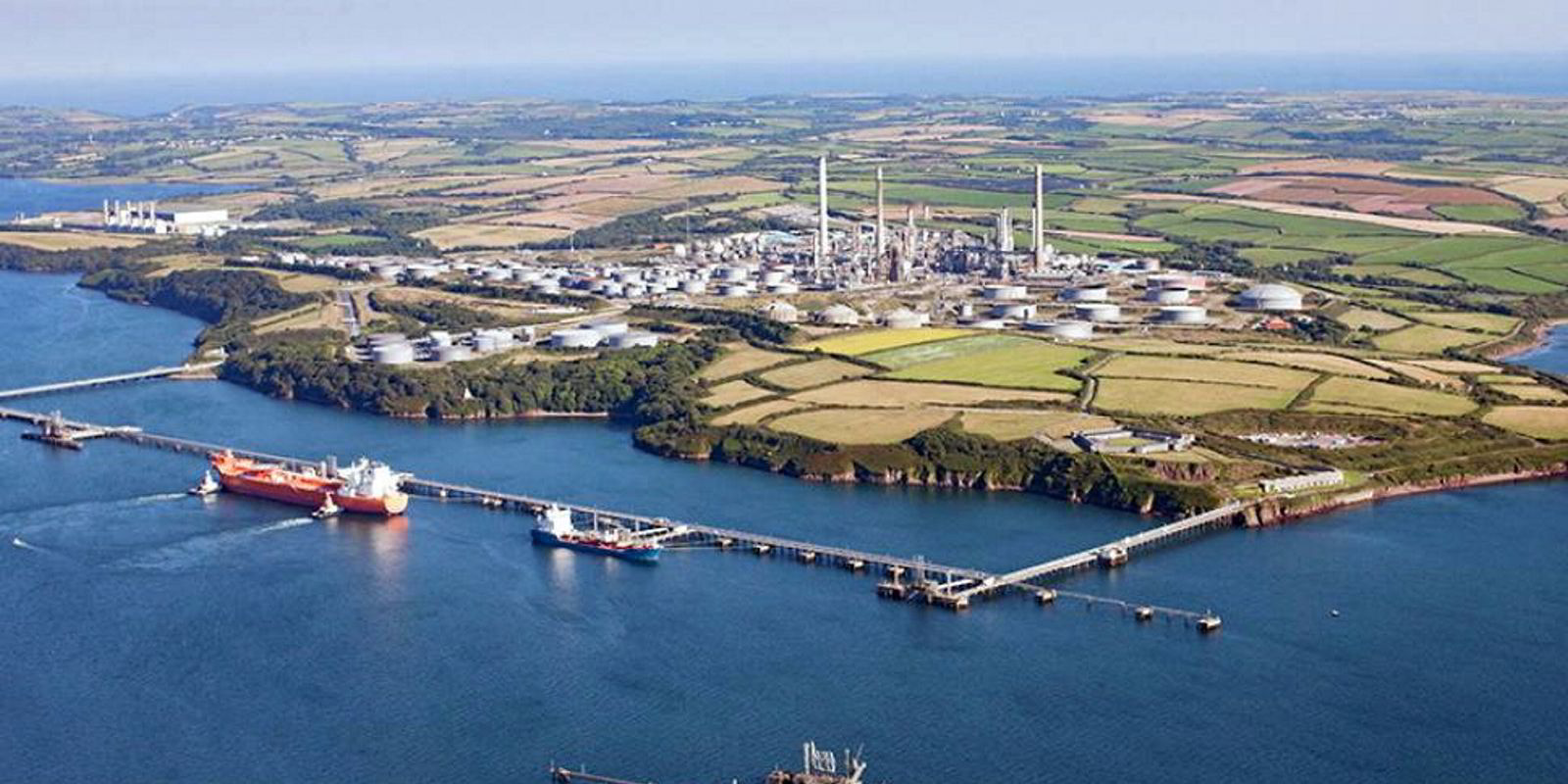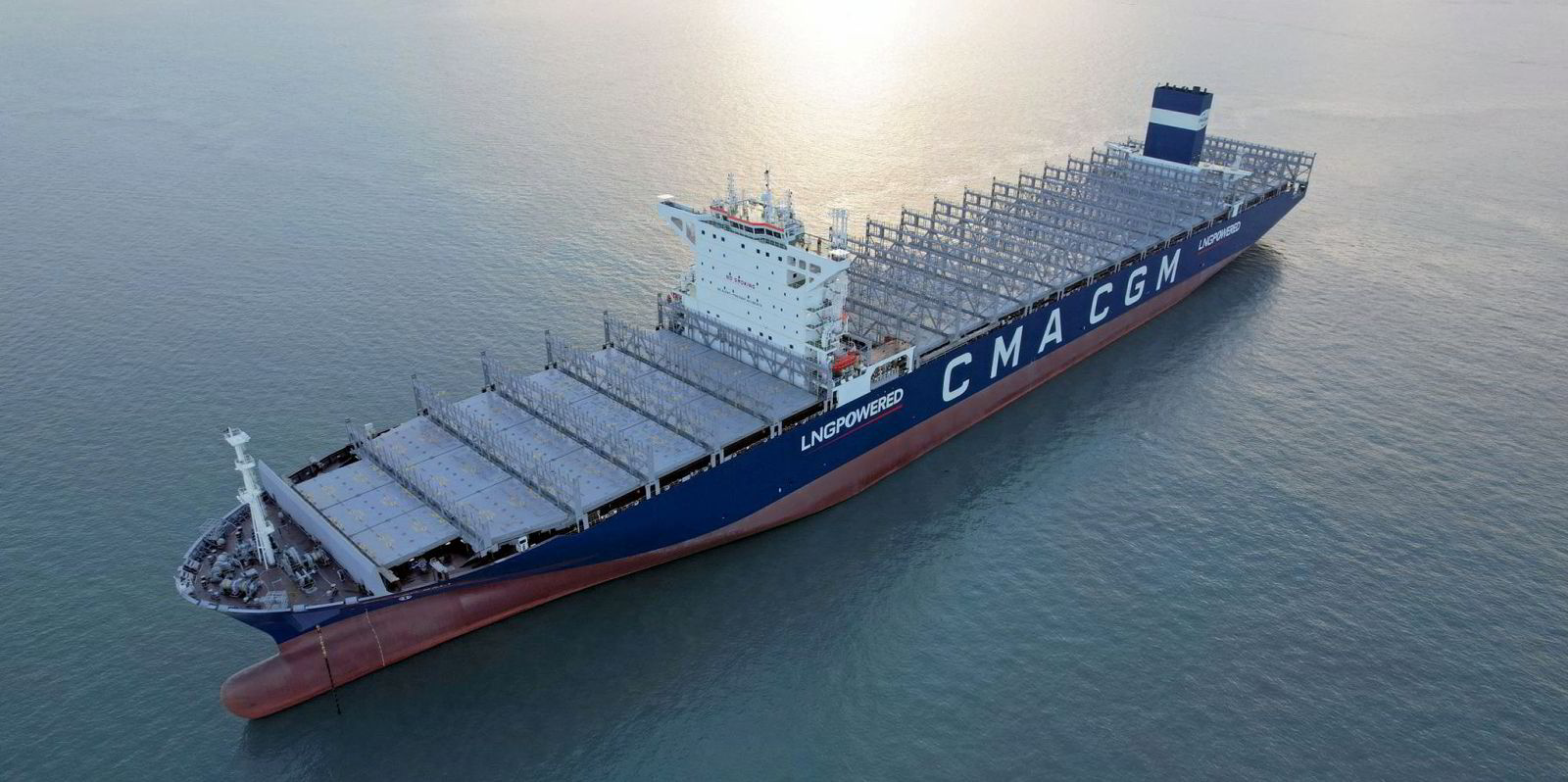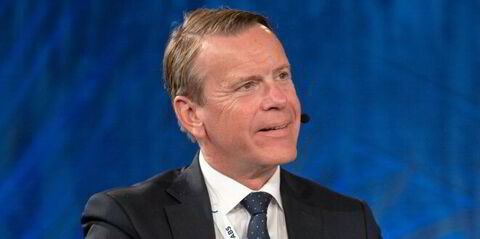Just four months after world leaders agreed in Glasgow to back away from coal amid a growing climate crisis, the dirtiest hydrocarbon is suddenly the hottest commodity.
As Western powers and many companies pull back from business with Russia over its invasion of Ukraine, ships that would normally head to Asia after loading coal in South Africa and Australia are sailing to Europe instead, to feed the continent’s need for energy.
The price tag for coal has soared past a more than 200-year high and is tipped to potentially reach $500 per tonne.
The conflict has shifted the energy conversation in Europe. Instead of transition, the phrase of the day is ‘energy security’.
In the short term, that’s seeing Europe turn to hydrocarbons, particularly coal and LNG, in what is seen as a step back for energy transition.
But in the longer term, the drive for energy security can, hopefully, prove supportive to renewables and alternative fuels, presenting opportunities and challenges for shipping.
The quickest way for Europe to cut its reliance on Russian natural gas for its power sector is, according to the International Energy Agency (IEA), by using more of its coal-fired generation capacity or running its gas electricity plants on oil instead.
But the continent is almost as reliant on Russia for coal as it is for natural gas, and there’s not that much of it to go around from other sources.
Tight coal market
“Coal consumers will struggle to source additional coal from alternative producers because the supply/demand balance of the international seaborne thermal coal is extremely tight,” Steve Hulton, vice president of coal at consultancy Rystad Energy, recently said.
The European Union is also looking to amp up its natural gas storage capabilities and find new sources of the fossil fuel, despite growing questions over the environmental cost of methane.
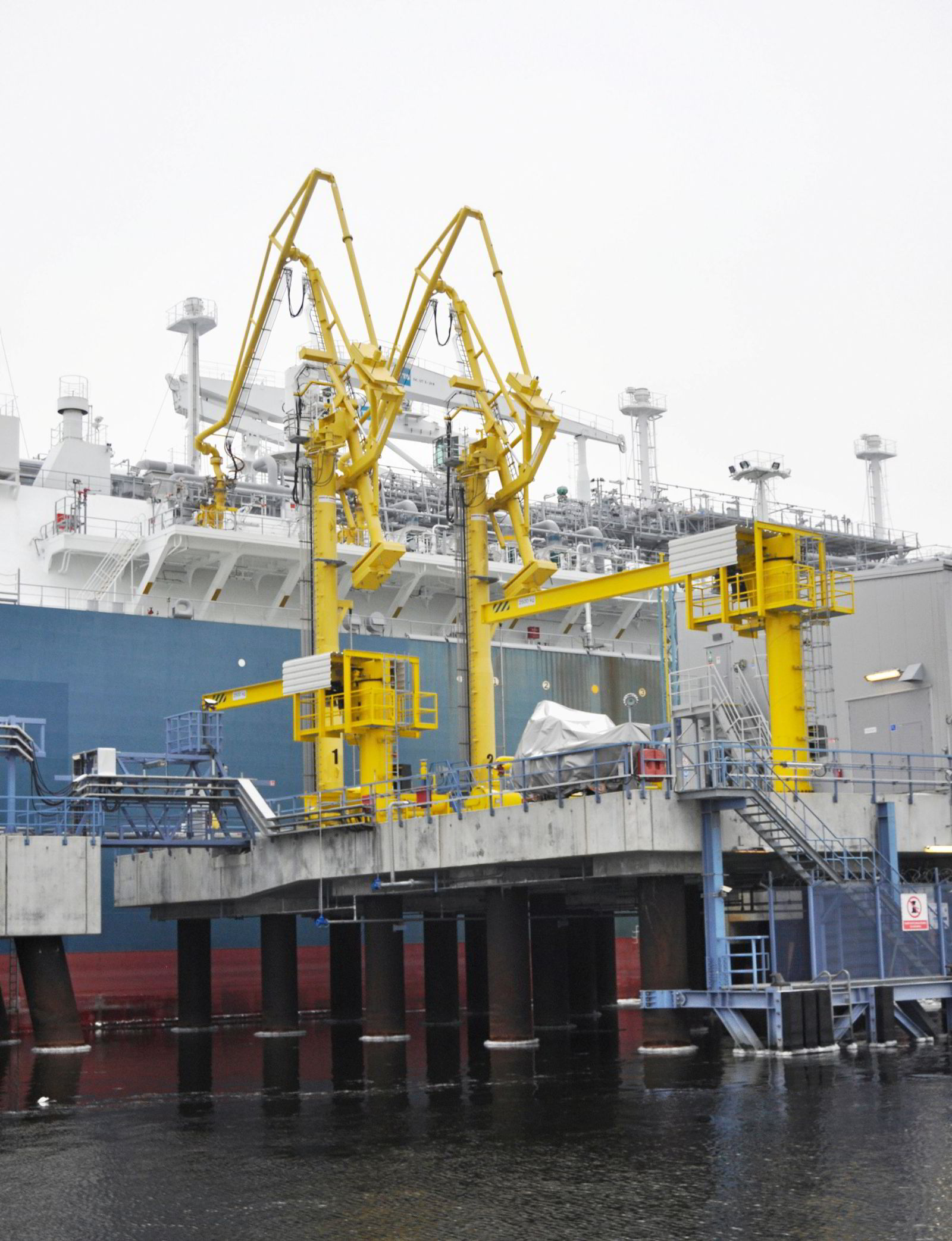
TradeWinds has reported that owners of floating storage and regasification units are receiving increased enquiries from potential customers as a result of Europe’s drive for energy security.
The European Commission’s plan for weaning the EU from Russian energy “well before 2030” involves amping up imports of LNG and pipeline gas from other countries.
But it also leans on more production of biomethane and renewable hydrogen, as well as imports of the fuels as part of a new REPowerEU plan that builds on fossil fuel reductions that are already built into the bloc’s Fit for 55 policy proposal.
REPowerEU aims to decarbonise industry by incentivising electrification and renewable hydrogen use, and it aims to develop infrastructure, including ports and storage facilities, to import an additional 10m tonnes of renewable hydrogen per year, in addition to 5m tonnes per year of domestic production capacity.
The plans to produce 35bn cbm per year of biomethane production capacity by 2030 doubles the EU’s prior goals.
For a shipping industry looking for sources of carbon-free fuel, this adds to the menu in Europe.
And owners of vessels that serve the offshore wind sector will benefit from the European Commission’s plan to speed renewables permitting, to allow power projects to go forward more quickly.
The IEA has said that wind and solar projects alone could cut 6bn cbm of Russian gas supply within a year.
The measures by the EU executive body show the double-edge sword of the Russia-Ukraine war’s impact on the energy complex, particularly in the West. Sky-high prices for energy commodities could have a similar impact: supporting economics of hydrocarbon investments but also for energy transition.
“The terrible events in Ukraine cannot be understated,” Evercore ISI’s James West, an analyst who covers both oil services and clean energy, wrote in a note to clients.
“However, it underscores the importance of energy security. This will drive renewed and strong investments in hydrocarbon sources and likely accelerate (if that’s possible) the scaling of renewables and electrification.”
While the Ukraine crisis cuts, what remains unclear is how many steps back this will cause for energy transition before the pendulum swings toward more accelerated transition to cleaner fuels and renewables.
